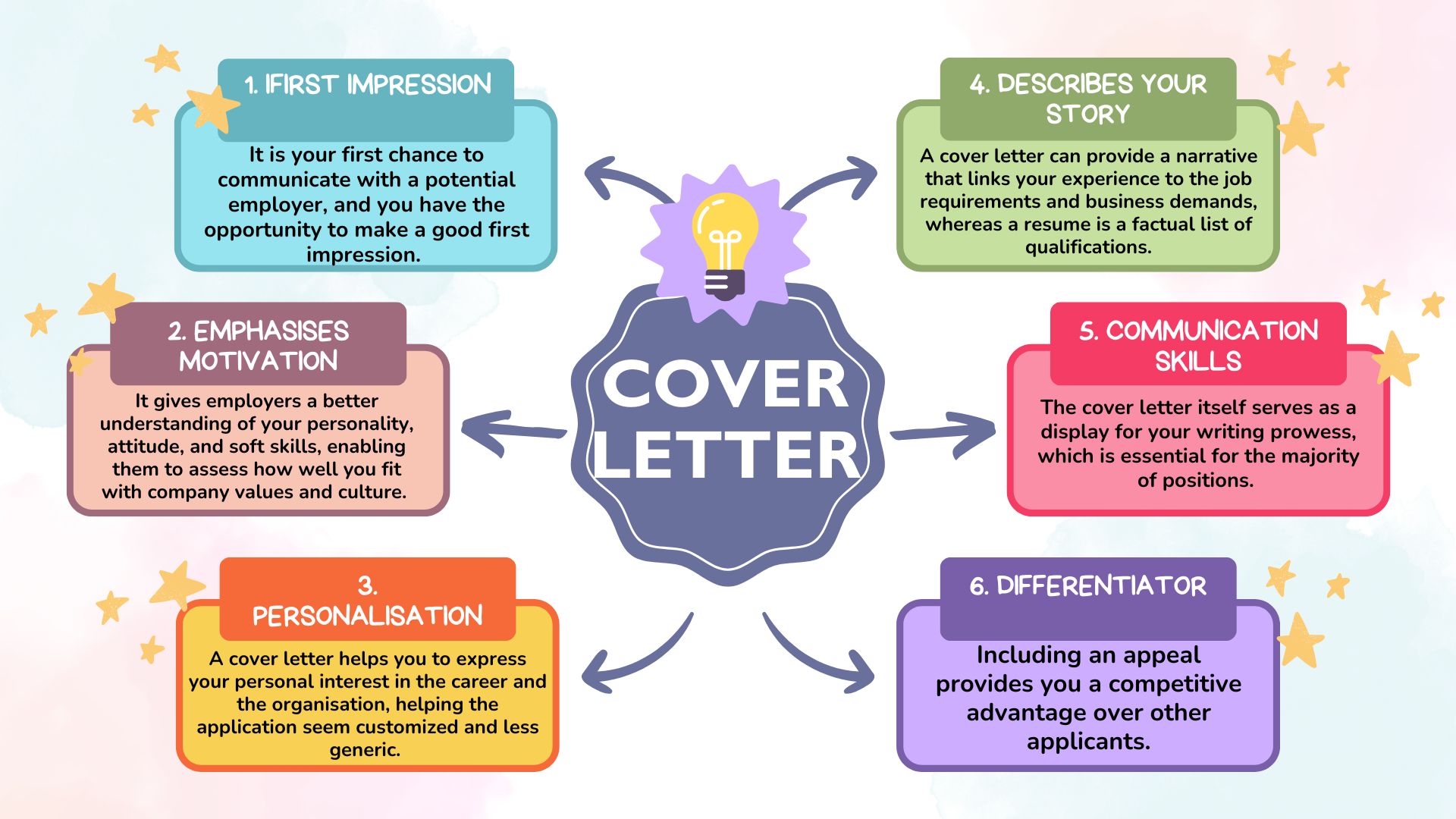
In the ever-evolving digital landscape, businesses are constantly seeking ways to improve user engagement, increase conversions, and boost ROI. One of the most powerful tools in this arsenal is versioned content testing, which includes both A/B testing and multivariate testing (MVT). These methods allow companies to experiment with different versions of their content, design, or user experience to determine what resonates best with their audience.
This article will guide you through the fundamentals of A/B and MVT testing, explain how they can be used effectively, and provide actionable strategies to help you implement these techniques for maximum impact.
What Is Versioned Content Testing and Why It Matters
Versioned content testing refers to the practice of creating multiple variations of a webpage, email, ad, or other digital asset and then measuring the performance of each variation against a baseline. The goal is to identify which version drives the best results—whether that’s higher conversion rates, more clicks, or increased engagement.
A/B testing and multivariate testing are two of the most common forms of versioned content testing:
- A/B Testing involves comparing two versions of a single element (e.g., a headline, button color, or layout) to see which performs better.
- Multivariate Testing (MVT) tests multiple elements at once, analyzing how combinations of changes affect user behavior.
These methods are critical in today’s SEO and digital marketing landscape because they enable data-driven decisions, reduce guesswork, and help optimize user experiences for better outcomes.
According to industry reports, businesses using MVT have seen conversion rate improvements of up to 30%. This makes versioned content testing an essential strategy for any organization looking to stay competitive in the digital space.
How Versioned Content Testing Impacts SEO Performance
Versioned content testing isn’t just about improving user engagement—it also has a direct impact on SEO performance. Here’s how:
1. Improving On-Page Elements
Testing variations of title tags, meta descriptions, and header tags can lead to higher click-through rates (CTR) from search engine results pages (SERPs). Higher CTRs signal to search engines that your content is relevant and valuable, potentially boosting your rankings.
2. Enhancing User Experience (UX)
User experience is a key ranking factor. By optimizing elements like page layout, navigation, and call-to-action (CTA) placement, you can improve dwell time, reduce bounce rates, and increase the likelihood of users engaging with your content.
3. Driving More Organic Traffic
When your content is optimized for both users and search engines, it becomes more likely to appear in search results. This increases visibility and drives more qualified traffic to your site.
4. Supporting E-E-A-T (Experience, Expertise, Authoritativeness, Trustworthiness)
By continuously testing and refining your content, you demonstrate a commitment to quality and relevance. This aligns with Google’s emphasis on E-E-A-T, helping to build trust with both users and search engines.
Step-by-Step Implementation Framework
To get the most out of versioned content testing, follow this structured approach:
1. Define or Audit the Current Situation
Start by identifying the specific elements you want to test. Are you trying to improve a landing page, email campaign, or social media post? Conduct a thorough audit of your current content, design, and user flow to understand where improvements can be made.
2. Apply Tools, Methods, or Tactics
Choose the right tools for your testing needs. Popular options include:
– Google Optimize – Free tool for A/B and MVT testing.
– Optimizely – Advanced features for large-scale testing.
– VWO (Visual Website Optimizer) – User-friendly interface for quick experiments.
Create variations of the content you’re testing, ensuring that each version clearly differs in the elements you want to evaluate.
3. Measure, Analyze, and Optimize
Once your test is live, track key metrics such as conversion rates, bounce rates, and user engagement. Use statistical analysis to determine which version performs best. Based on the results, refine your content and repeat the process to continue optimizing.
For example, if you’re testing two versions of a landing page, you might find that Version B has a 20% higher conversion rate. You can then implement Version B as your new standard and run additional tests on other elements.
Real or Hypothetical Case Study
Let’s look at a real-world example of how versioned content testing can drive significant results:
Case Study: E-commerce Landing Page Optimization
An e-commerce company wanted to increase its conversion rate on a product landing page. They decided to run an MVT test on three elements: the headline, image, and CTA button.
They created six variations of the page:
– Headline A + Image A + CTA A
– Headline A + Image A + CTA B
– Headline A + Image B + CTA A
– Headline B + Image A + CTA A
– Headline B + Image B + CTA A
– Headline B + Image B + CTA B
After running the test for four weeks, they found that the combination of Headline B, Image B, and CTA B had a 25% higher conversion rate than the original version. As a result, they implemented this winning combination, leading to a 18% increase in sales over the next month.
Tools and Techniques for Versioned Content Testing
Here are some of the top tools and techniques to consider when implementing versioned content testing:
1. Google Optimize
- Use Case: Ideal for small to medium-sized businesses looking for a free A/B and MVT solution.
- Features: Easy integration with Google Analytics, real-time reporting, and simple setup.
2. Optimizely
- Use Case: Best for larger enterprises with complex testing needs.
- Features: Advanced personalization, AI-powered recommendations, and robust analytics.
3. VWO (Visual Website Optimizer)
- Use Case: Great for teams that need a user-friendly platform with drag-and-drop functionality.
- Features: Live editing, heatmaps, and conversion funnel tracking.
4. Hotjar
- Use Case: Useful for gathering qualitative feedback through session recordings and surveys.
- Features: Heatmaps, visitor feedback, and user journey mapping.
5. Crazy Egg
- Use Case: Helps visualize user interactions on your website.
- Features: Heatmaps, scroll maps, and A/B testing capabilities.
By leveraging these tools, you can gather both quantitative and qualitative data to make informed decisions about your content and design.
Future Trends and AI Implications
As AI and machine learning continue to advance, the future of versioned content testing looks even more promising. Here are a few trends to watch:
1. AI-Powered Personalization
AI algorithms can now analyze vast amounts of user data to predict which content variations will perform best for different audiences. This enables hyper-personalized experiences that can significantly boost engagement and conversions.
2. Automated Test Creation
Tools like Sentient AI and others are beginning to automate the creation of test variations based on historical data and user behavior. This reduces the manual effort required and speeds up the testing process.
3. Predictive Analytics
Machine learning models can now predict the performance of different content variations before they’re even launched. This allows businesses to focus on the most promising options and avoid wasting resources on underperforming tests.
4. Voice and Multimodal Search
With the rise of voice assistants and multimodal search, versioned content testing will need to adapt to new formats. Businesses should start experimenting with how their content performs in these contexts to stay ahead of the curve.
Key Takeaways
- Versioned content testing (A/B and MVT) is a powerful way to improve user engagement, increase conversions, and boost SEO performance.
- A/B testing focuses on comparing two versions of a single element, while MVT tests multiple elements simultaneously.
- Implementation requires defining goals, choosing the right tools, and analyzing results to make data-driven decisions.
- Real-world case studies show that versioned content testing can lead to significant improvements in conversion rates and revenue.
- Future trends like AI and predictive analytics will further enhance the effectiveness of versioned content testing.
Whether you’re a small business owner or a digital marketer, mastering versioned content testing is essential for staying competitive in the modern digital landscape. Start experimenting today and unlock the full potential of your content.
Meta Title: How to Master Versioned Content Testing: A/B and MVT Strategies for Success
Meta Description: Learn how to use A/B and multivariate testing to boost conversions, improve SEO, and drive better results. Practical strategies for success in 2025.
SEO Tags (5): A/B testing, multivariate testing, versioned content, SEO optimization, conversion rate optimization
Internal Link Suggestions: Parameter #12: A/B Testing, Parameter #15: Multivariate Testing, Parameter #8: Conversion Rate Optimization
External Source Suggestions: https://www.optimizely.com/optimization-glossary/multivariate-testing/, https://vwo.com/multivariate-testing/, https://blog.hubspot.com/marketing/multivariate-testing-guide
![]()









